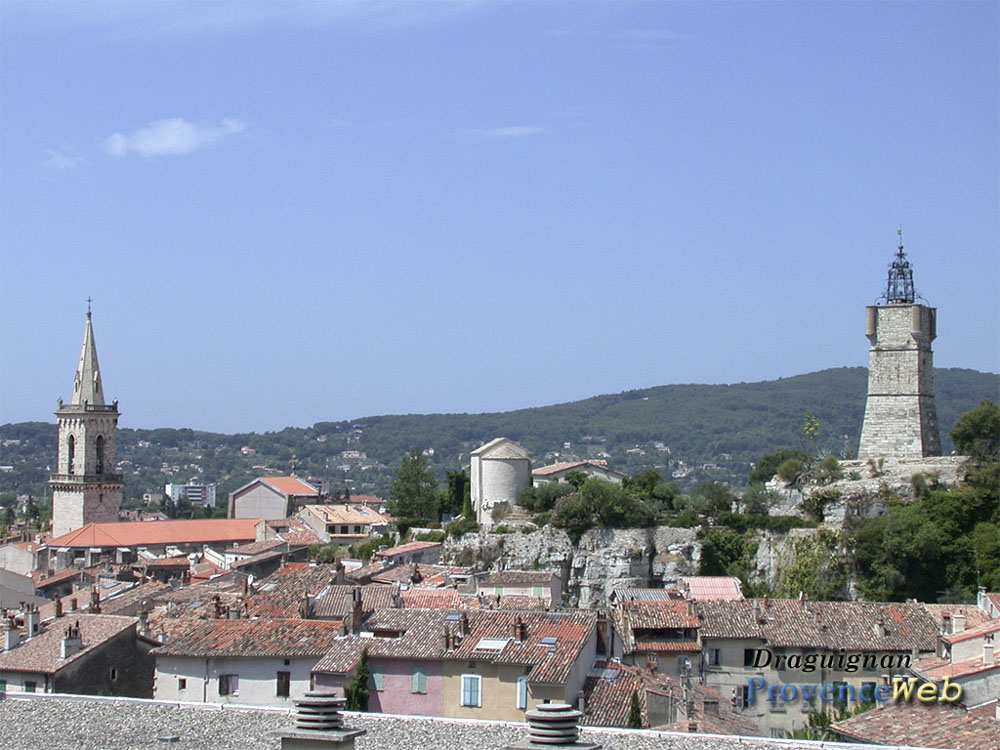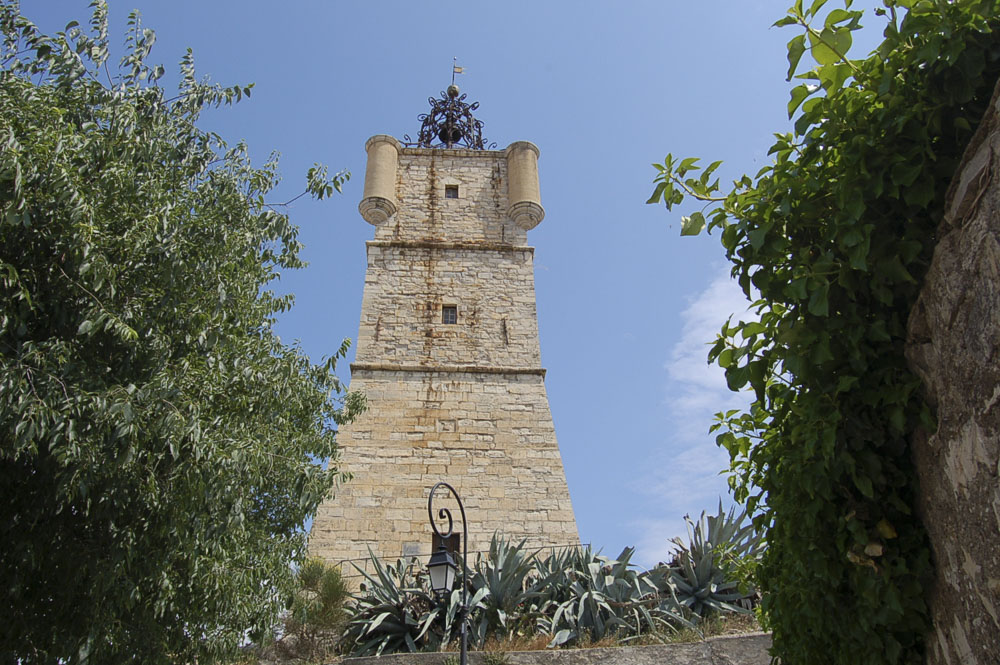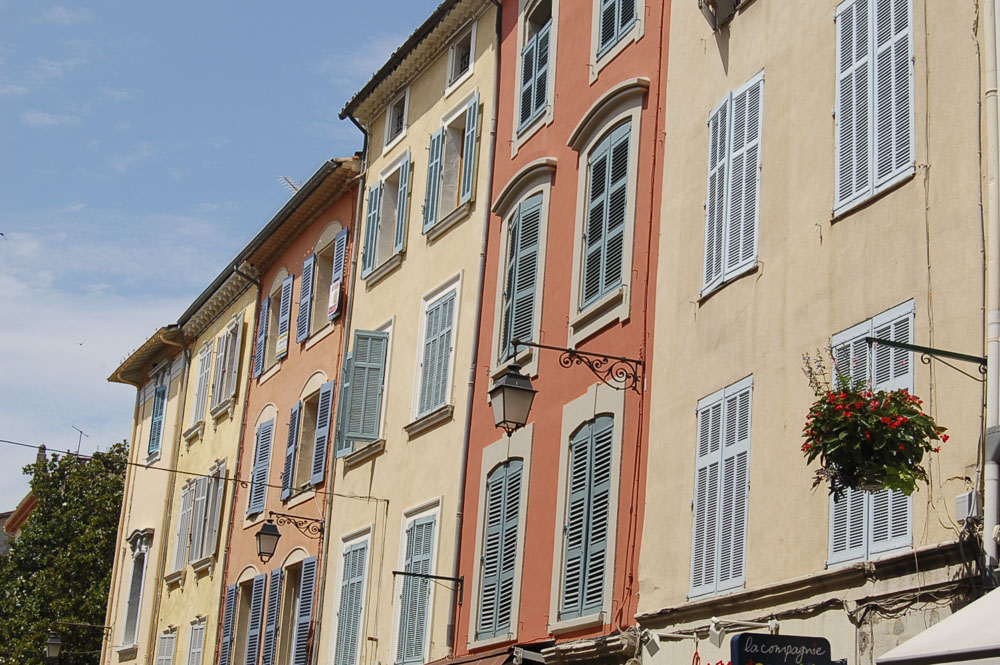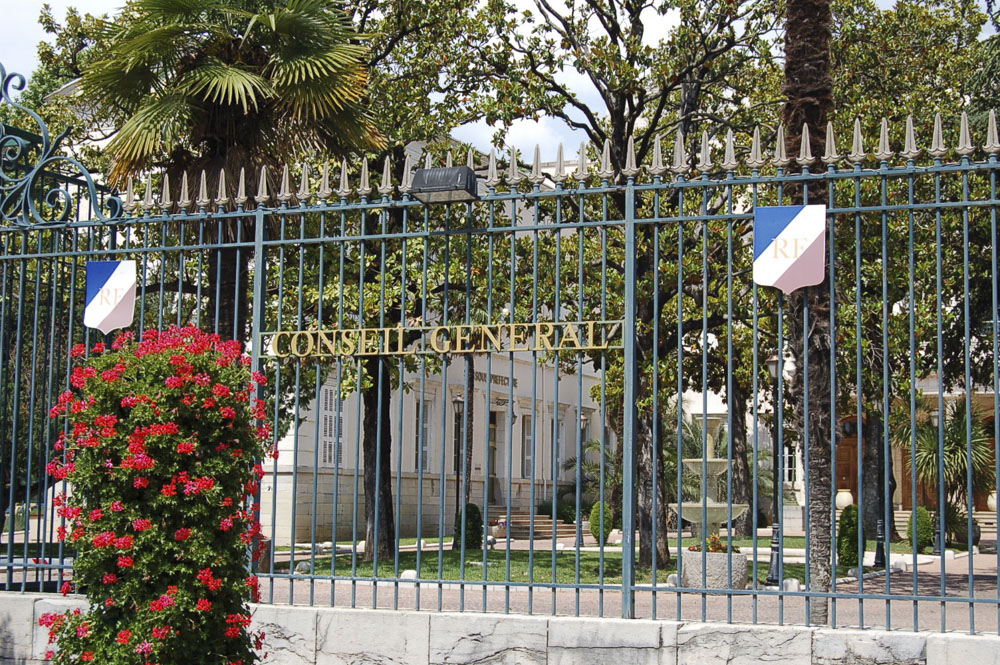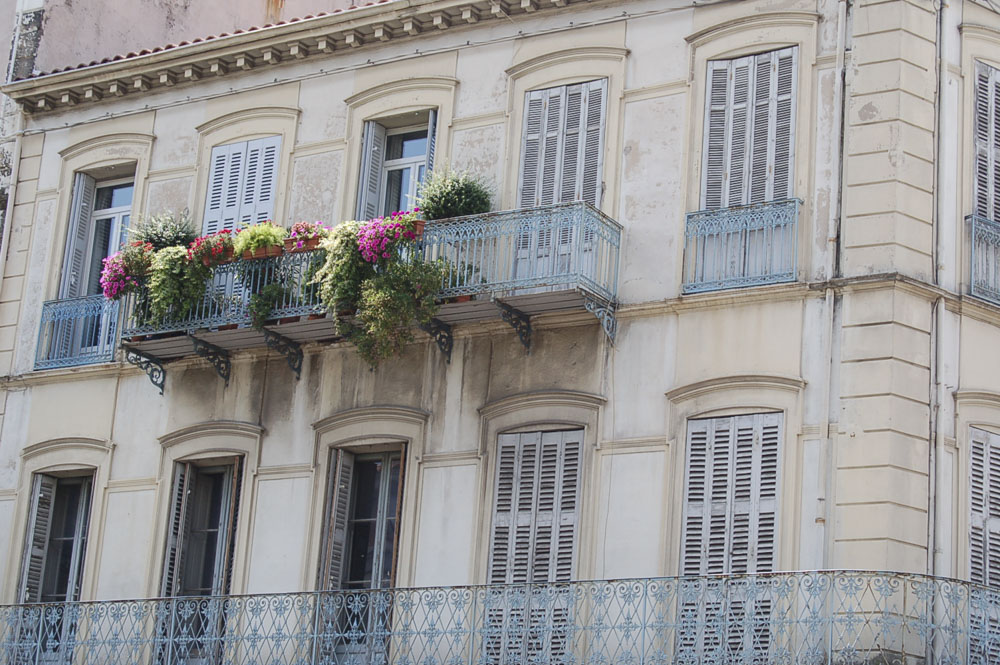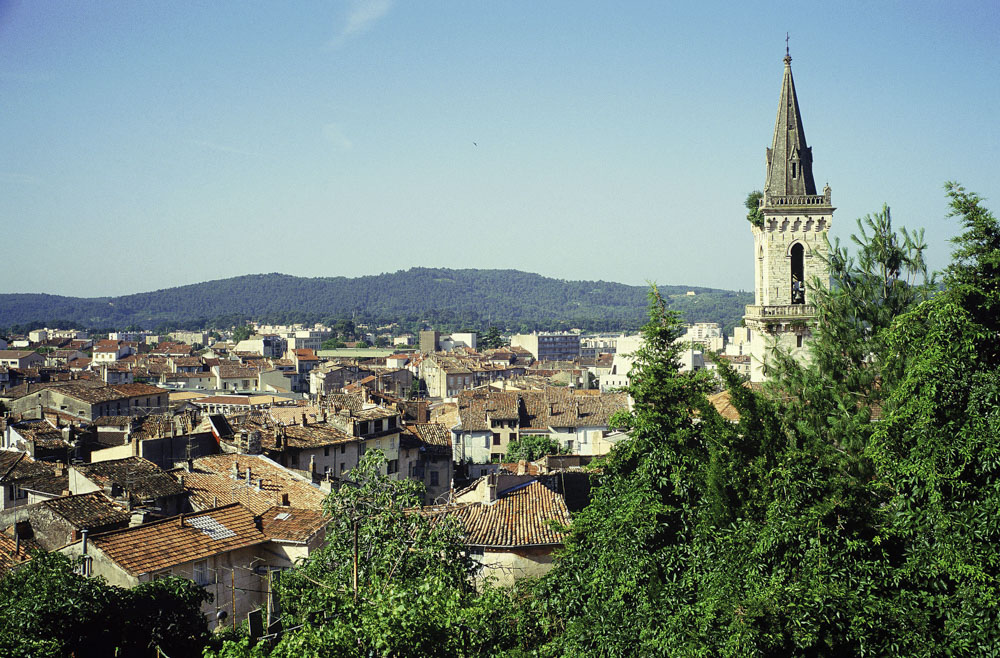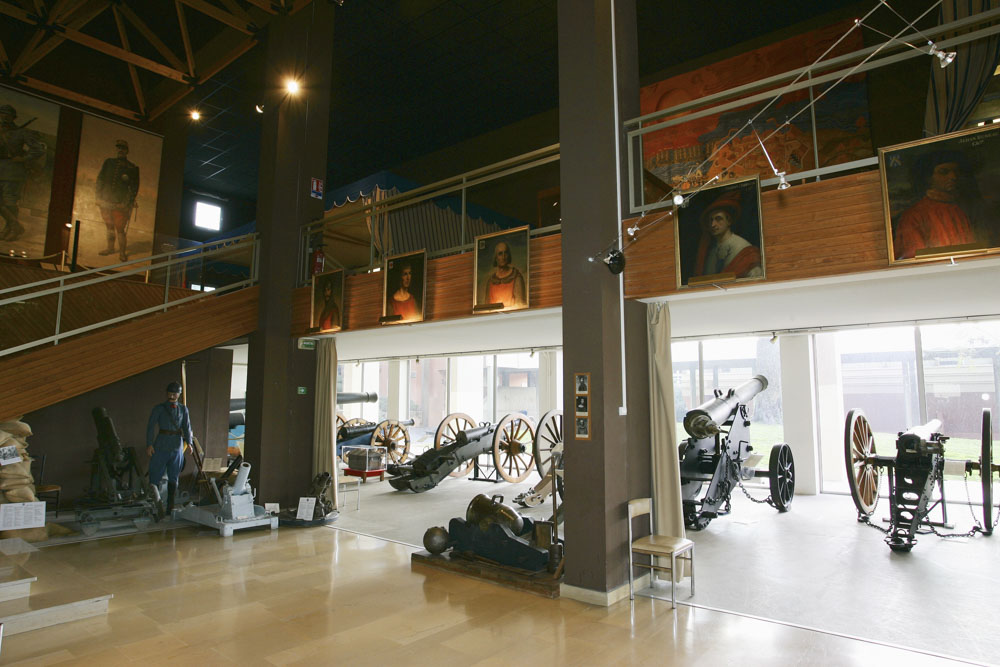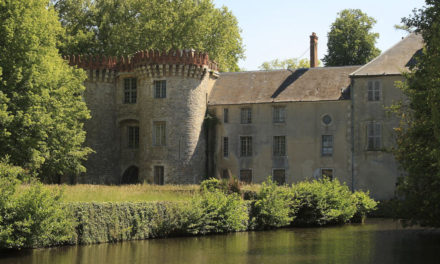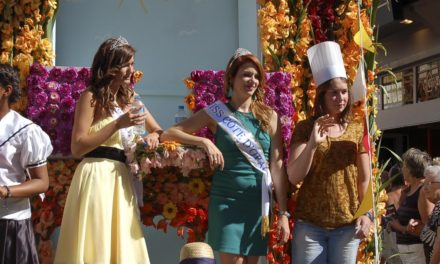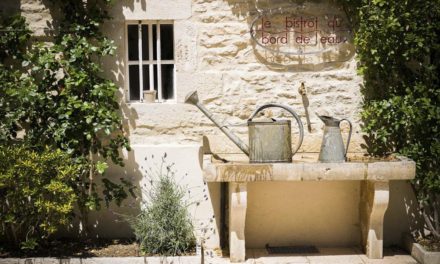Draguignan was originally a Roman fort built on the hill which is now dominated by the distinctive 17th century clock tower with its wrought iron campanile, and a splendid view of the region from the top. The name Draguignan comes from the Latin word draco, meaning dragon – according to the legend, pilgrims on their way to the monastery at Lerins were frequently frightened by a dragon in the misty marshes surrounding the town. The dragon was slain by the hermit, Hermentaire, whose statue can be admired in the church of St Michel.
Book a Hotel in Draguignan
History 2
The town developed at the bottom of the hill and was fortified in the Middle Ages, though most of the defences were pulled down in the 17th century and only two of the gates are still standing. In the 19th century Haussman, later responsible for the great boulevards of Paris, constructed straight tree-lined boulevards. Now Draguignan is home to the military barracks of the French army artillery school, who use the Plateau de Canjuers to the north as a training ground.
Attractions
Within the boulevards is the pedestrianised old town, a characteristic labyrinth of narrow streets, higgledy-piggledy squares and fountains. There are many intriguing houses with hidden alleys, carved doorways and windows, and on rue de la Juiverie is the façade of a 13th century Jewish synagogue, all that remains of what was once a Jewish ghetto. There is a colourful market on the Place du Marché every Wednesday and Saturday. On boulevard John Kennedy is the American cemetery, last resting place of 861 soldiers who died in the 1944 landings, with a memorial showing a bronze map of the troop movements.
Museums
Draguignan has two good museums: the Musée Municipal is housed in a 17th century convent, used subsequently as a summer palace by the Bishop of Frejus. It has an eclectic collection of antiques, ceramics and local archaeological finds, paintings by Rembrandt and Renoir, and a sculpture by Camille Claudel. The library has a 15th century Latin bible, and a rare 14th century manuscript of the Roman de la Rose. The Musée des Traditions Provencales explores the history of the region featuring local industries like silk manufacturing, cork, wine and olive production, and offers reconstructions of domestic interiors with original tools and furniture. Outside town you can see the prehistoric dolmen Pierre de la Fée, the Fairy Stone, dating from around 2400 BC, and the Gorges de Chateaudouble, where the original dragon was apparently dispatched.
Copyright © 2011 Rosemary Bailey
Copyright Images Informationfrance 2011 & ProvenceWeb 2011

